
If you are running an online business, your company’s success will largely depend on the quality of the content you produce. That much is obvious. What many online business owners struggle with is how to produce quality content.
In this guide, I will take you through some ways to make successful content for your brand from conception through to promotion. We will also consider how to measure and analyze your content’s success and what you can do to make it better.
Effortlessly export your Google Docs to WordPress with just 1-click.
Get Started TodayThe internet has changed the way people can analyze the success of a piece of content. Through analytics and other AI tools, we now have access to a vast amount of data that measure everything from how long a person visited a page through to where they stopped scrolling. This section will show you how to use such data to measure your content’s success.
Approximately 51% of website traffic comes from search engines. Yet, the traffic from organic search is not spread evenly across the Search Engine Rankings. The average Click Through Rate (CTR) for the first position on Google is 18.2%. The content in position 10 gets a measly 1.05% CTR.
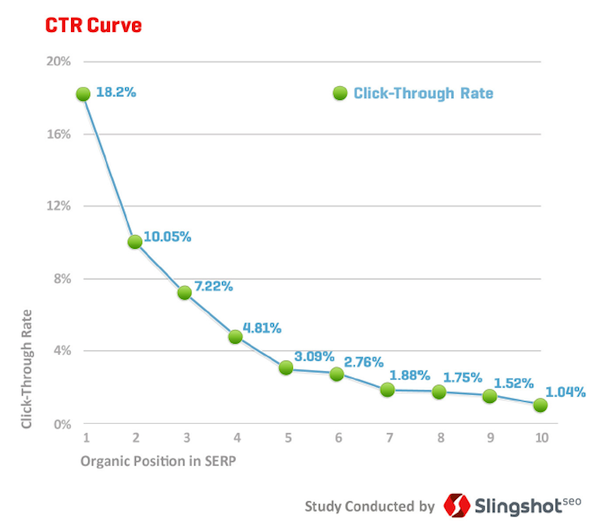
When you look at these statistics, you can understand why people in SEO joke that “the best place to hide a dead body is on the second page of Google.”
Where your content ranks on Google has a big impact on the number of visitors, your content receives. Therefore, it’s understandable that many businesses consider search rankings as a metric for the success of content.
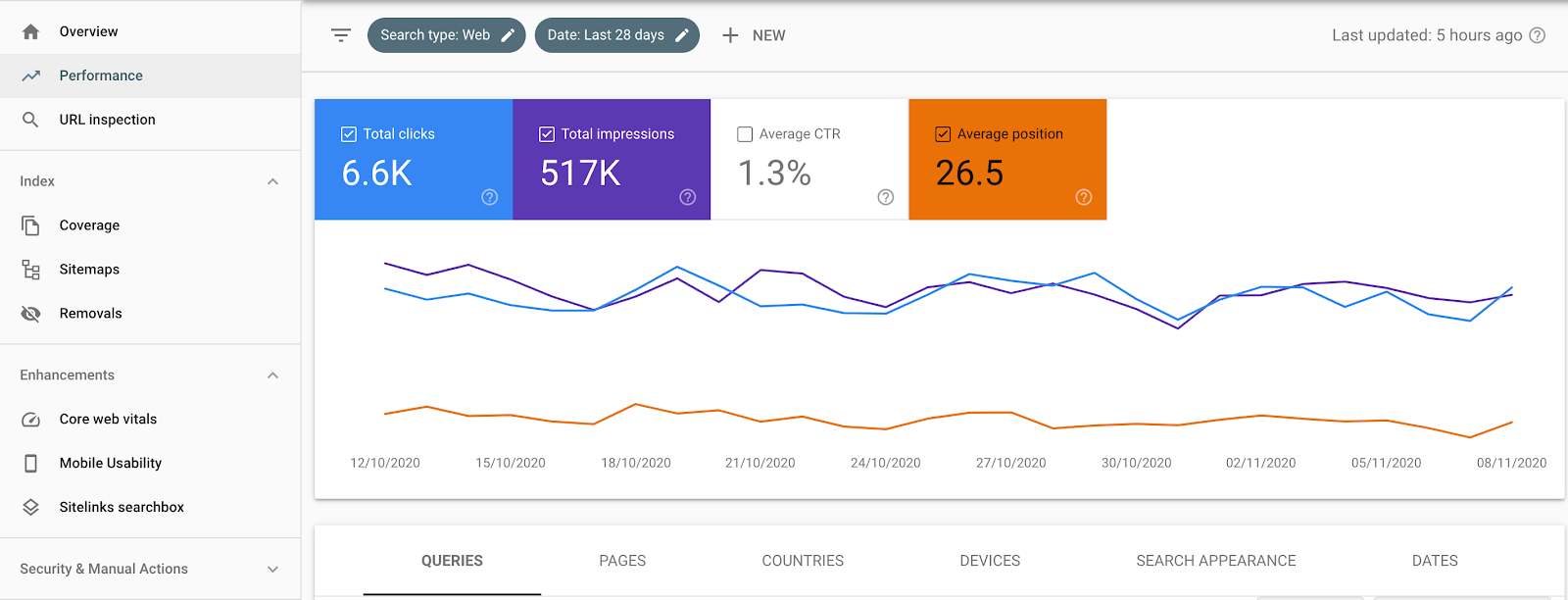
The best tool for tracking your online search rankings is Google Search Console. You can activate Google Search Console by adding some tracking code to the header of your site. When you do this, you’ll access a wealth of information regarding how many visitors a page gets, where that content ranks for various keywords, and CTR for these terms.
If you plan to use Google Search Console to track the success of your content, pay attention to the following metrics:
By analyzing this data, you can gain insights into how your content is performing in the search results. You can use these insights to do an overhaul of a piece of content to improve the metadata description better, so you get more clicks or something else entirely. Check out this guide for more information on how to use Google Search Console.
When you want to analyze your content’s success, in terms of how engaged your readers are, two important factors to consider are the time on page and bounce rate. The time on the page is, as the name suggests, the time a user spends on your page. Meanwhile, the bounce rate is the percentage of people who visit one page and leave without going to another page on your site.
The time on the page is a good indication of how engaging people find your content. If the average time on the page is low, like less than 20 seconds, you have a problem.
A lot of time on the page implies that people didn’t find the content you provided interesting or relevant. Alternatively, there might be other factors impacting the time people spent on a page. For example, if the website took a long time to load, a high percentage of people will become impatient and leave your site.
You should also pay attention to the bounce rate. A bounce rate higher than 70% is cause for concern as it means people, for whatever reason, decided there was nothing else interested them on your site.

You can analyze your bounce rate and time on the page through Google Analytics. You can assess your content’s success by analyzing the time on page and bounce rates for specific pages or for your website as a whole.
Do you know where your visitors are coming from?
If you want to increase the number of people visiting your site, you need to understand how visitors find your site. Google Analytics splits your traffic down into four sources:
You can see in the image below, which is from the Google Analytics Acquisition Report, the relative percentages of visitors to a website split across these four categories. Make sure to review your traffic sources.
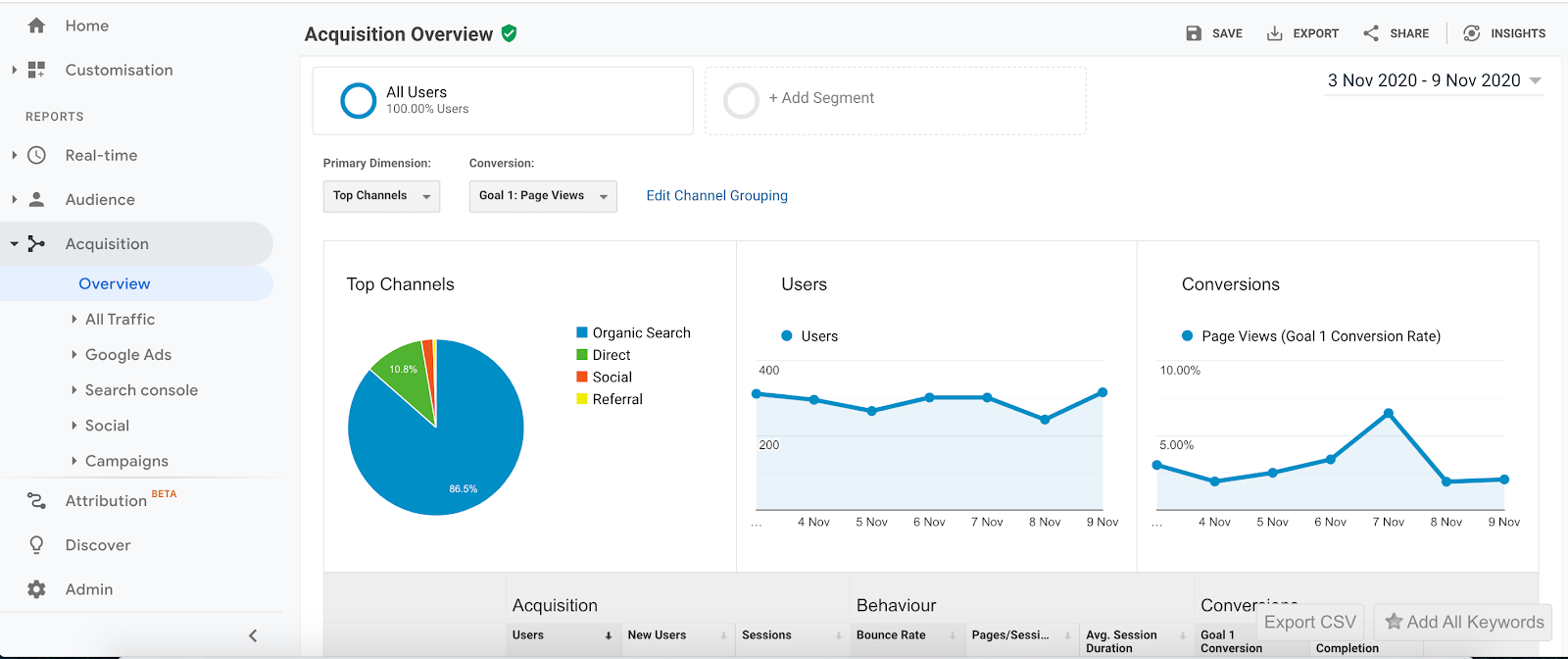
You can use the insights you gain by analyzing the traffic sources to improve your content’s success. For example, if you’re getting a lot of traffic from a social media channel that you’re not really using, you could develop a content marketing strategy specifically for that channel.
Social media provides a quick way to get feedback, both positive and negative, about your content’s quality and relevance. Within minutes of posting your content, you will know if it has been received well or not. Track the reactions and the share count of your content promotion to gauge feedback.
Look at your post engagement rate, which measures the social interactions relative to reach. Track the number of comments, shares, and reactions you are receiving. Another metric to consider is the organic account mentions, which is the number of times your brand has been mentioned on social media.
Many viral sites use organic social shares as a yardstick to determine which pieces of content to promote. For example, a site might promote a piece of content that received a lot of interaction with a Pay Per Click advertising campaign. eCommerce sites apply the same strategy to take their coupon codes viral. Meanwhile, content that didn’t receive a lot of interaction would never be promoted.
There’s an interesting article on Search Engine Land, where Larry Kim explains how he uses PPC campaigns to promote content. Putting paid ads behind a piece of content can provide the impetus that makes a piece of content go viral. Consider using a PPC advertising management software to avoid mistakes and manage your PPC ads more effectively.
Your content should help you drive sales. If you want to assess your content marketing’s success, it’s worth putting systems in place to track the correlation between the content you create and the conversions you’re receiving.
One effective approach is aligning your content strategy with telesales companies, who can follow up on leads generated by your content and help turn them into qualified customers. This way, you can clearly see how your content contributes to business growth.
You can set up conversion tracking with Google Analytics. Conversion tracking provides great insights because you can attribute certain pieces of content to sales. Monitoring your average conversion rate is crucial in this process, as it helps you understand the overall effectiveness of your content in turning visitors into customers.
For example, if a particular blog post has a higher conversion rate compared to others, it would make sense to invest resources into promoting that content, even if another article receives more views but generates fewer sales.
Setting up conversion tracking on Google Analytics is straightforward. If you’ve never done it before, check out this helpful guide to conversion tracking on Neil Patel.
In the previous section, I discussed some of the metrics you should track to assess the success of your content. In the following section, I’m going to share an eight-step process you can follow to create great content. The step-by-step guide will cover everything from creating the content idea through to promoting the final piece of content.
If you want to create high performing content, and by that, I mean content that engages and converts potential customers, you should create content that aligns with your customer journey. Start by creating a persona of your ideal customer. The persona represents your customer that covers things like interests, pain points, goals, and some demographic information about the customer.
Once you’ve created your customer persona, sketch out your sales funnel. You want to create content that would interest a person who has never heard of your company but is interested in the niche, through to people ready to make a purchase.
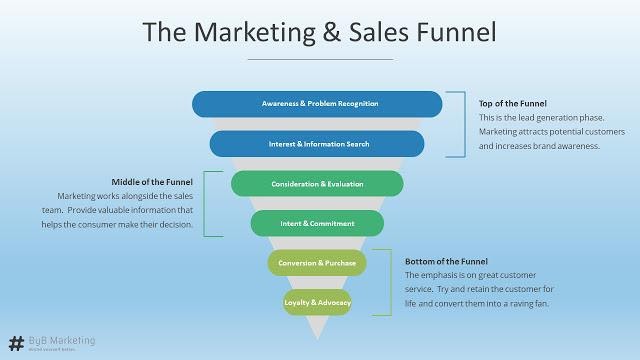
If the customer is at the top of the funnel or the awareness stage, they are looking for more information. Use resources, research data, and opinions to educate the audience to move onto the next step.
In the middle of the funnel, potential customers determine if your product is the right choice for them. Provide information about your product’s features or how they relate to competitors to help make your case.
At the bottom of the funnel, you have sales and retention. You need to create great sales pages and create content that continues to engage your customers.
Given that most traffic to your website likely comes from a search engine, it makes sense to create content that is aligned with relevant search terms. Finding relevant search terms for your content is straightforward.
I like to start my content marketing strategy by doing a brain dump of all the relevant terms I think people might look for related to the products I’m selling. Once you’ve finished your brain dump, use an online tool to find keywords that align with your content ideas.
The best free tool for finding search terms is Google Keyword Planner. You can use Google Keyword Planner to identify relevant keywords that work well with the content you were thinking about covering.
My favorite online tool for keyword research is the Google Chrome extension Keywords Everywhere. The tool shows search volume results for relevant keywords in your browser. The screenshot below shows you how it works.

You can see the search volumes for keywords on Google. If you click on a keyword, you’ll be shown a new set of results with relevant associated search terms. It’s a quick and easy way to come up with logical keywords to target in your content.
Once you’ve decided on the keyword to target, research the content that is already ranking online. Competitor research will help you understand how other people have approached the topic you plan to cover. You want to create a piece of content that is just as good, if not better, than the content that is currently ranking on Google.
As you review the content, consider how competitors structure their pages. Consider things like:
Review the top five search results.
There are some great online tools available for competitor research. For example, I use the Detailed chrome extension to review things like article length, headings, meta description, and other factors.
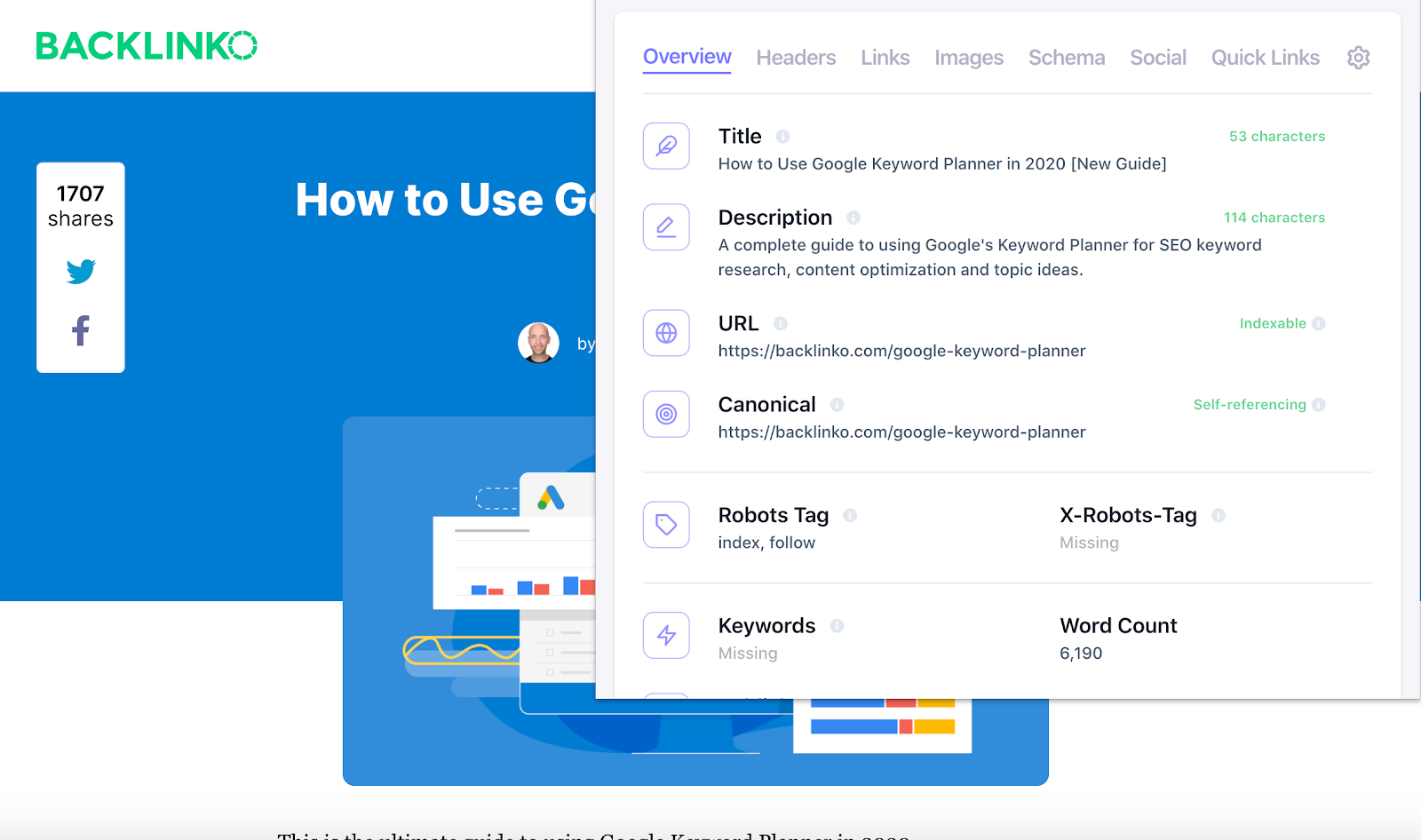
When you’ve finished your research, create an outline for your content. Make sure the article outline covers everything your reader should know about the topic.
You are reading an insightful piece of article and are engaged with the topic, and you spot a silly typo, breaking your flow. Now, you can only focus on the typo. Not only does it take away from your text, but typos make you seem careless in your approach to content.
The same goes for editing a piece of content.
Often, as a writer, you may want to give out all the information in one piece. Here, the editor will help you whip the piece into shape, so it reads as a crisp piece of article by cutting down the fat and leaving only the article’s lean and useful parts.
Use online grammar check tools to catch mistakes. You can also set up an editorial review structure for your content (essentially, ask a friend or colleague to read the content). If you want an honest reaction, say someone else wrote the article and ask for their feedback. People are less likely to be critical about your content if you’re the one asking for feedback.
You must use graphics in your content. On the one hand, graphics can form a part of your brand’s voice. A person familiar with your brand can identify a piece of content only by the type of graphics you use.
For example, Sumo has an instantly recognizable visual identity. Well, instantly identifiable if you know the brand.
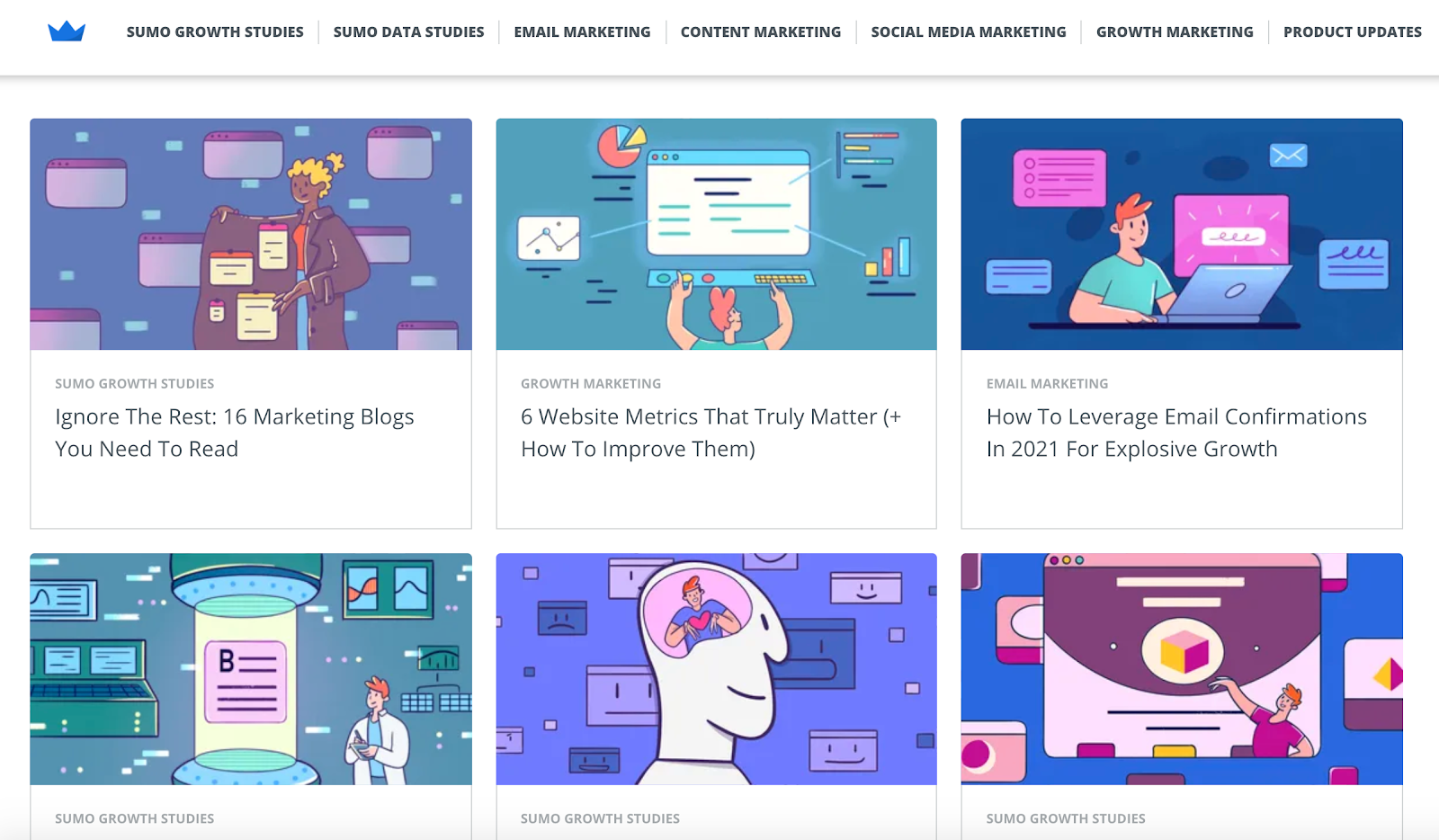
Outside of being a part of your brand voice, graphics also break up large chunks of text or help people understand complex ideas fast. A nice example is a graph below from the Baymard Institute.
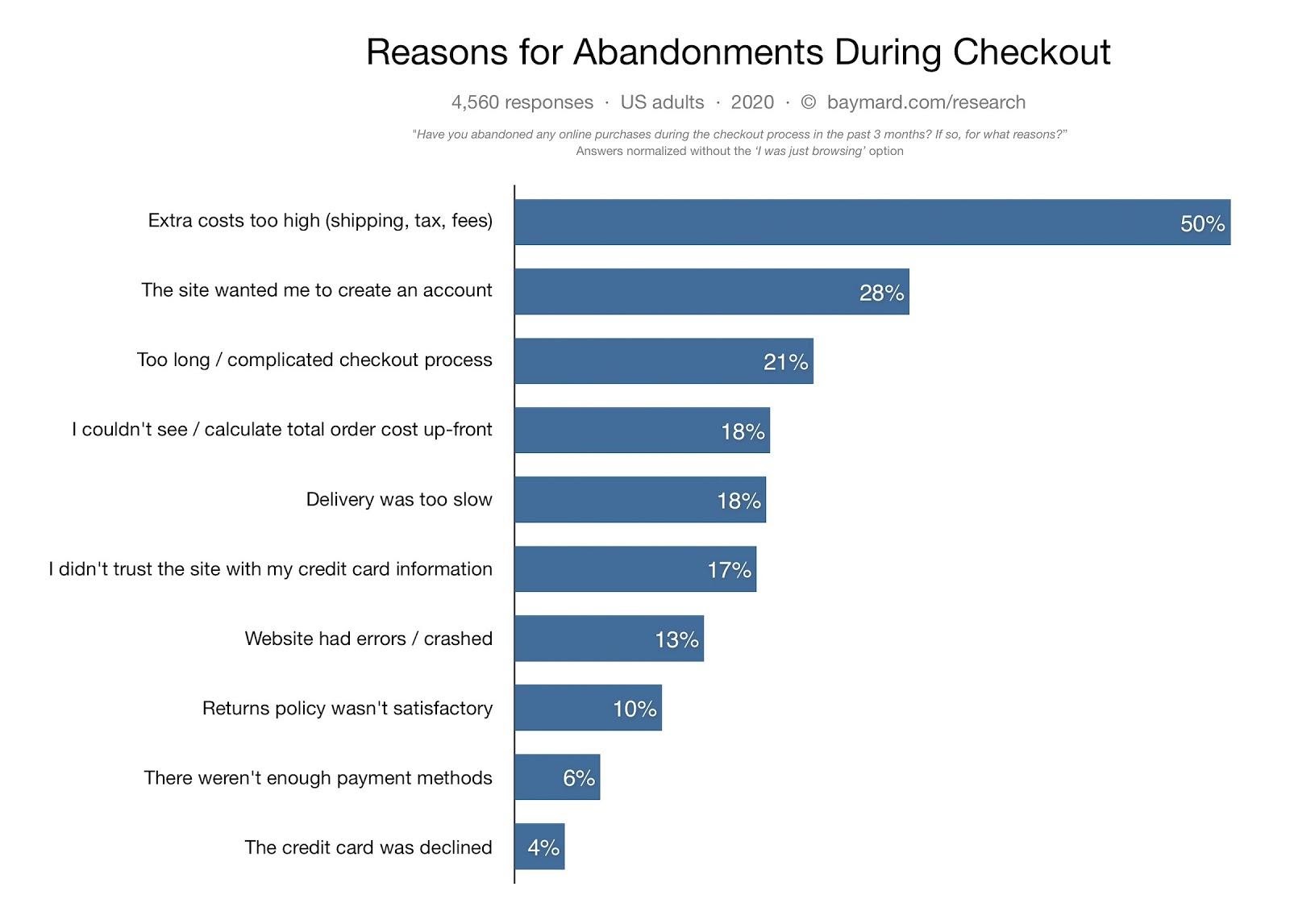
The graph above quickly conveys the findings of some research about reasons for cart abandonment during checkout. In addition to helping to transmit information fast, this graphic has been referenced by many other websites (like in this article you’re reading). These citations have SEO value.
Social media is the second-largest source of the traffic to a website. Start by identifying your best source of social media traffic. Depending on your niche, that could be LinkedIn, Pinterest, Instagram, Facebook, or perhaps another channel.
Once you’ve identified your favored social media channel, develop a content marketing strategy to generate followers, and promote your brand. There’s a lot of great content online regarding how to promote your content on various social channels that you can leverage and learn from.
In addition to generating organic reach, consider using paid ads to spread the word about your content. Paid ads can make a popular piece of content go viral.
Continually review and optimize your strategy. If you think your social media strategy is lacking, try a different approach, and optimize your social media strategy based on results.
You can also make use of the Book Now Button feature on social media to turn page visitors into fixed appointments & customers, all you need is an account with any popular appointment scheduling software.
Once you’ve published your article, you need to promote your content. One way to do this is through social media. I recommend you also implement a guest post and link building strategy to promote your content.
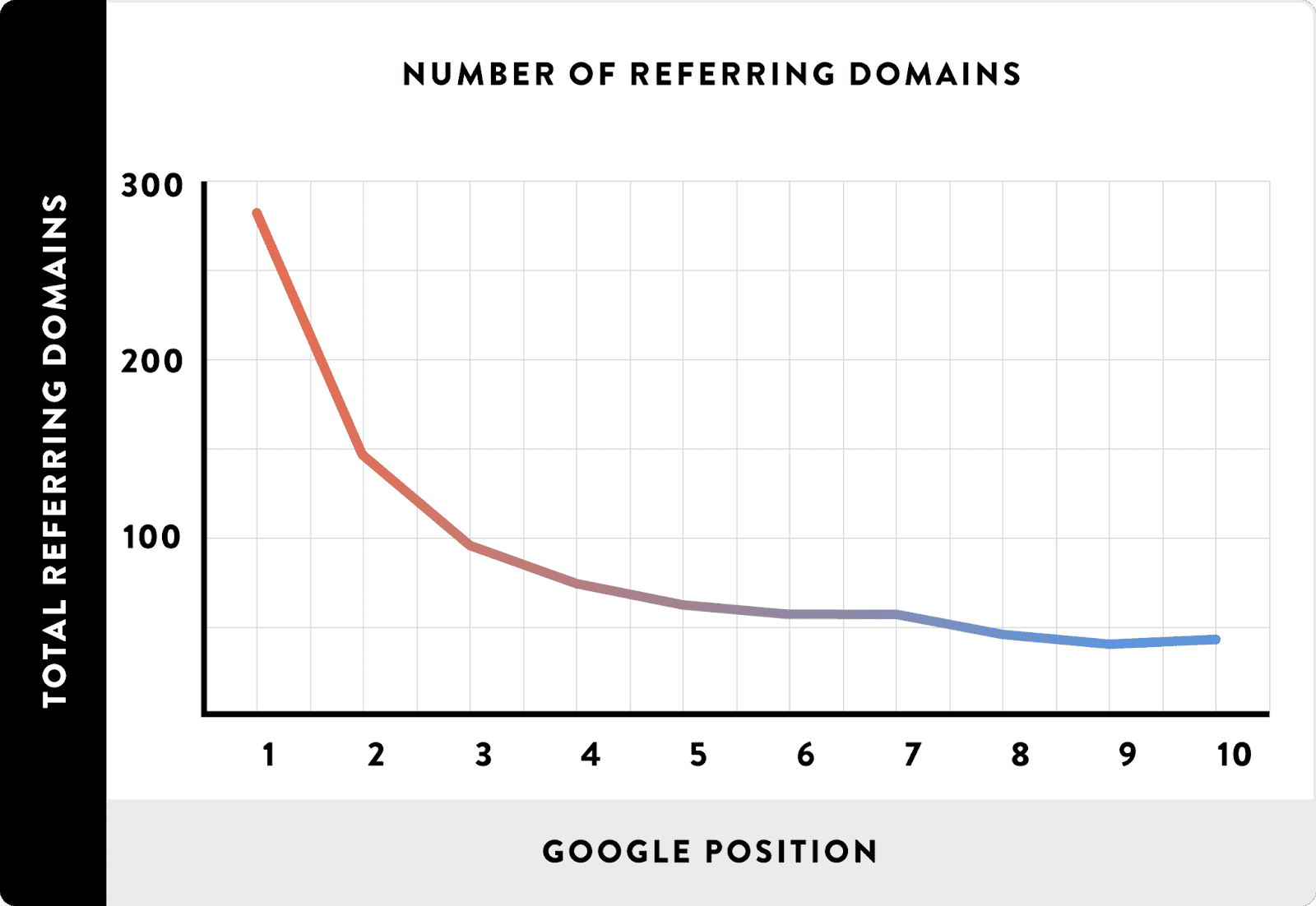
The most common strategies to build links to your content involve asking people.
For example, you can run outreach campaigns to ask people who mentioned a competing piece of content to include a reference to your resource. Or, you could include links to your content in the guest posts you write.
Content is not a one-off thing, and you will need to be consistent in promoting your best content. Use the employee scheduling app to keep aside some time every week to promote content.
After your article is published, you can also optimize your content. Start by reviewing the search terms for that content through Google Search Console. Note down the ten most popular terms by impressions. Once you’ve done that, go back to your article and increase the keyword density for these terms.
Consider using tools like text-to-speech to create audio versions of your posts. This not only boosts accessibility but also extends your reach to users who prefer listening on the go.
There’s a good chance that you only optimized your content for one of these search terms, so making sure your article is relevant for the other content is just logical.
Optimizing your content has been proven a sure way to drive more traffic. There’s a nice case study by industry site Moz that discusses how a company optimized a piece of content for a new keyword and won the rankings that attest to this approach’s importance.
Second, experiment with your Metadata.
Improving your metadata to make the headline and description more enticing is the fastest way to increase the number of people visiting a piece of content. A few small changes can have a big impact.
Last but not least, make sure to undertake a periodic review of your content. I recommend reviewing your content at least once a year, if not once every six months. During a review of your content, you want to check if the information you are sharing is still relevant to your audience. If information is outdated, update the article with pertinent information.
If you’re creating content for your website, your ultimate goal is to turn strangers into customers. You’ll achieve this by creating great content. In a nutshell, high-performing content is engaging, answers a question, and drives your reader to take action.
This guide showed you how to assess the success of your content marketing efforts. In the first half of this guide, I shared the stats you should track and how to interpret that data. In the latter half of the guide, I shared an eight-step strategy to create successful content from conception through to content marketing.
So, what are you waiting for? Let’s create some exciting content!